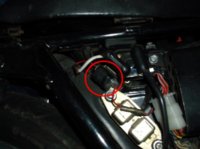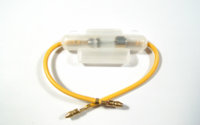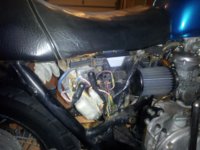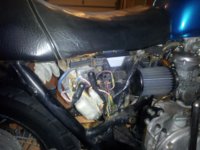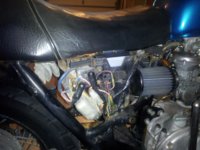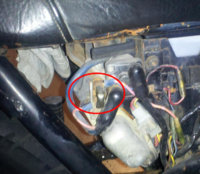jgimar
XS650 Addict
I have a problem but I'll be damned if I can find it. Just recently my bike started acting up. I'll be riding along and it like the hand of god reaches down and unhooks the positive lead to the battery and my bikes just drops dead. I'll check for power and no lights come on. I'll let it sit for a bit and sooner or later power will come back up and this little game will start all over again. sometimes it cuts out after only a few blocks, other times it may run for a day or two before it acts up. Always the same thing, cranks up fine, runs great while it's running, then out of the blue it dies, no electrical. I have looked at every connection I can possibly find and all wiring. Anybody ever have this problem??? What am I missing????


